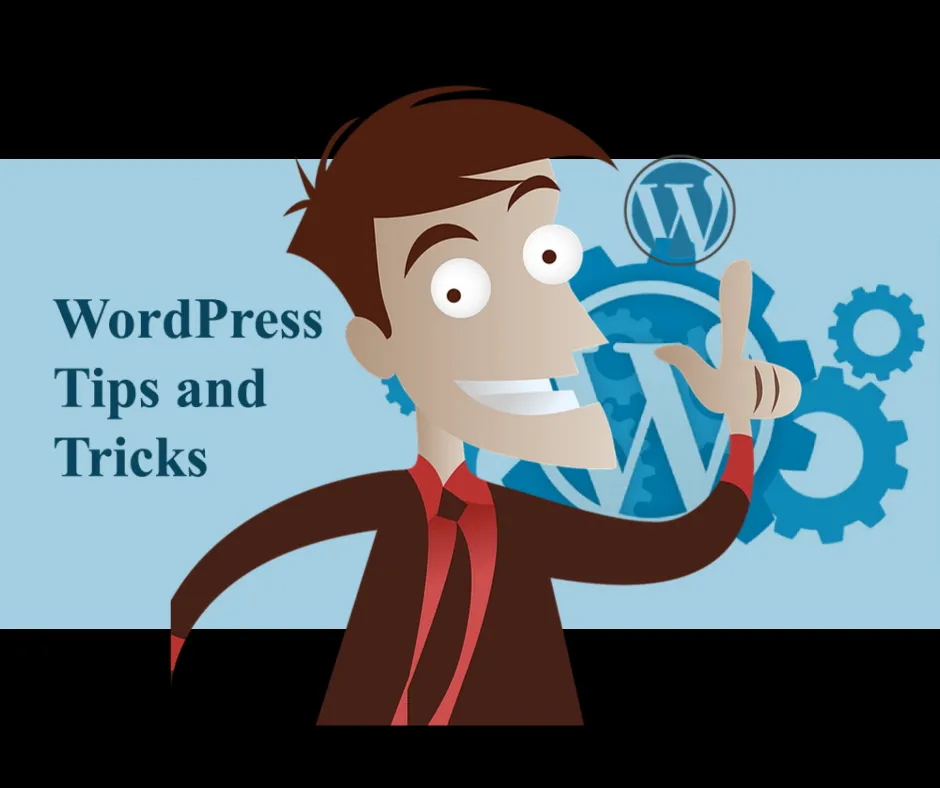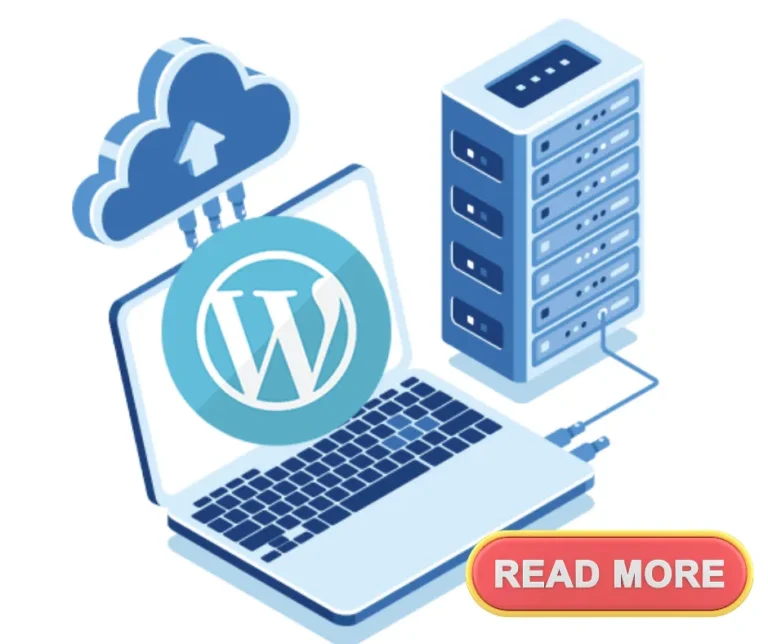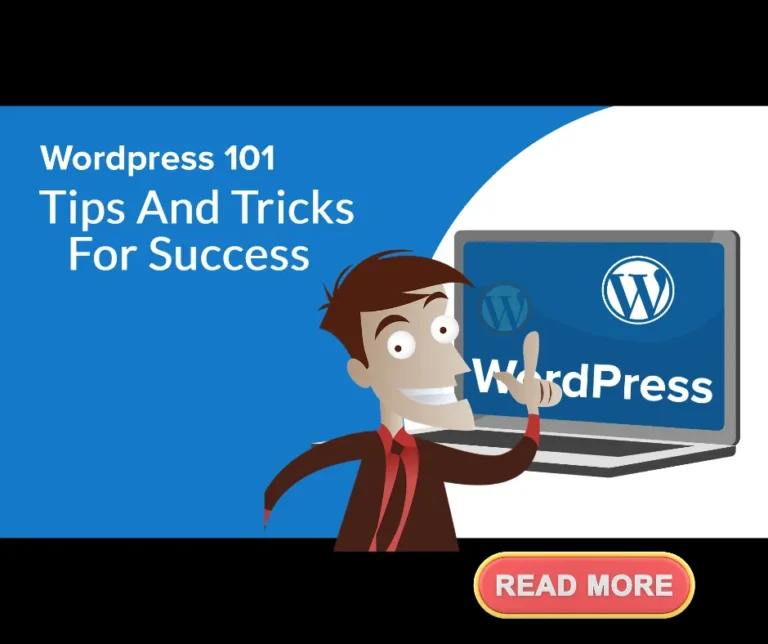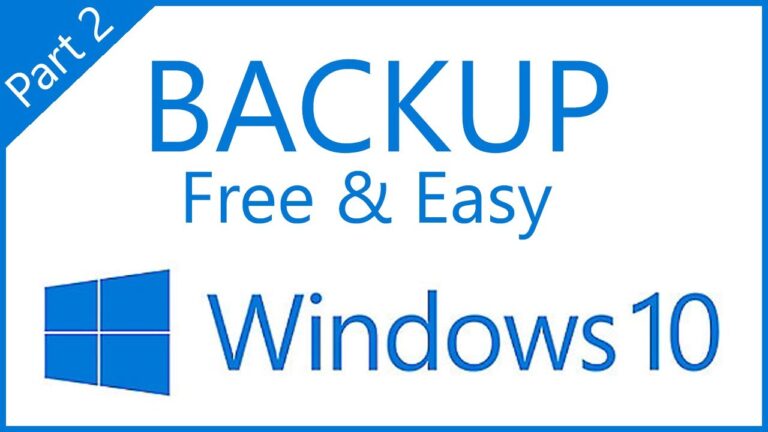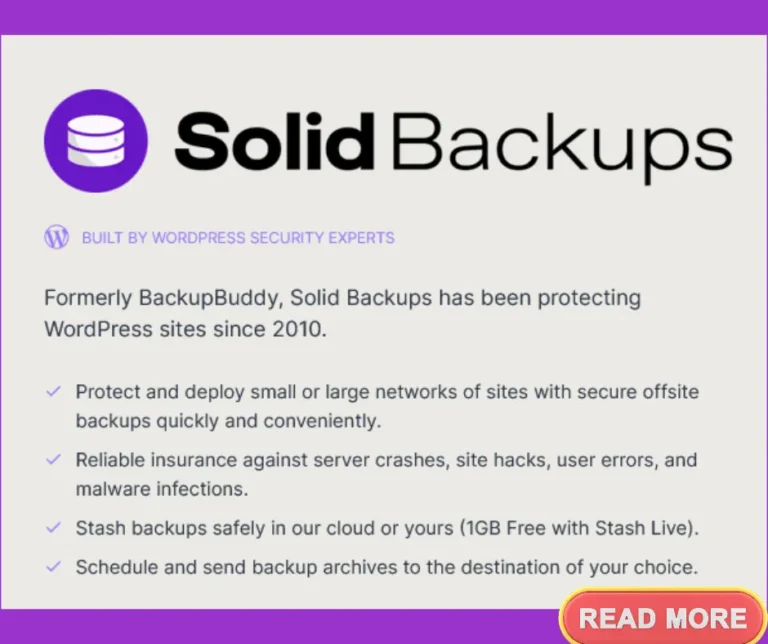WordPress Tips Tricks Helpful Advice
This article will demonstrate WordPress Tips Tricks Helpful Advice to get you started on successful blog campaigns to maximize your success.
Surely you’ve at least heard about WordPress. More than likely, you’ve even read a blog from someone using this platform or have even messed around with WordPress at some point on your own. If you wish to know more details about just how much this platform can deliver, keep reading.
Make sure you have a unique template for your WordPress blog. While it is tempting to save time, your viewers will not get the best impression. It is important to create a site that shows the individuality of your business.
Add page numbers at the bottom of your comments section if you have a very active community. This is important as it will allow your users to be able to sort through the material and information easier. Make sure that the page numbers are easy to see for the viewers.
If you want to easily be able to search through the media you upload, such as videos or photos, put it all into a single folder through Wordpress. To do this, go into Settings & Media and then uncheck the box which sets WP to sort your media into folders based on the date.
Allow all of the users that visit your site the ability to comment using Facebook. This is a very important tool that will get your name across to hundreds of thousands of people. The Simple Facebook Connect plugin can be used if you want to install this feature on your site.
When you are set to post, set a schedule. If you have a set time when you are supposed to make a post, you will be more likely to actually do it. You may even choose to dedicate time to creating content and then letting WordPress publish it at predetermined times.
Free WordPress
Be sure to choose unique, difficult to hack passwords and keep them secure. It doesn’t matter if you are a free WordPress blogger of a paid, self-hosted WordPress blogger: it is important to keep your passwords strong and secure. In this way, you will not have to waste valuable time cleaning up sabotage and changing passwords. This will help ensure that your blog is a success.
WordPress Site
Sidebars are generally packed full of useless information. To help streamline them and only include information that your visitors want, navigate to Appearance & Widgets. Remove everything from your sidebar that does not get more people on your list, make visitors take an action or make you money. By paring down your sidebar, your WordPress site will become successful.
WordPress Plugins
Be sure to update your plugins. You can really improve your website with WordPress plugins. They will need to get updated though. Failure to stay abreast of update installation could result in you missing out on critical upgrades. It is even possible for the plugin to stop working altogether.
WordPress Themes
Differentiate the look of your WordPress blog. It may be tempting to just roll with the standard WordPress themes, but you’ll look like many other blogs out there. Consider a few other themes. Even install them so that you can preview them with your current crop of content. It can make all the difference to audience engagement.
WordPress Tips Tricks Helpful Advice Blog
Your username should never be “admin”. Having admin or administrator as your username makes your blog more likely to be successfully attacked by bots. It is a risk of your security. Go to your account page and delete usernames that are generic. Use another username.
Restore
Always back up your WordPress files and database regularly. Although your website has backups, they may not do backups as frequently as you would like. You can find plugins that can make the back up process much easier. When you have your files and database backed up, you can easily restore your site if anything happens to it.
Download
Download Akismet immediately with a fresh WordPress install. Akismet is a plugin for WordPress that basically blocks spam comments as they come in. If you don’t have it installed, you may be inundated with tons of spam. You’ll need to get a free key from the Akismet website to finalize the install.
If you had any WordPress experience prior to reading this article, then you were already aware that it’s not a complicated platform at all. However, there is much to know and explore so that you can do more with WordPress, and this article has given you some assistance. Get ready to put those new skills to the test.
You can make things unique by using a custom Homepage
By default, WordPress shows your most recent blog posts on the homepage of the site. This makes sense because people want to see what’s happening now.
But there are times when you might want to show something else. Maybe you want to showcase a different post or maybe you want to highlight some special event.
To do this, we’ll start by creating a custom homepage. You can optimize your homepage by using google analytics to target the audience looking for what you’re talking about in your blog. Commercial SEO plugins like RankMath and Yoast SEO can also be helpful in identifying and creating relevant content for your target audience.
First, we’ll make sure our home page isn’t showing the most recent posts. Then, scroll down to where it says “Show Recent Posts”. Uncheck the box next to “Recent Posts.”
Now we’re ready to create our custom homepage. Make sure you’re editing the page you just created, not one of your existing ones. In the text box, type whatever you want to show up on your homepage. I’m going to write about my favorite topic right now. Click Publish.
Next, we’ll add a second page to our site called Blog. We’ll do this by following the same steps as above, except we won’t uncheck anything. Instead, we’ll check the box next to “Blog.”
Finally, we’ll head back into our settings and choose our custom homepage and blog page as our front page.
This tutorial shows how to use a custom homepage and blog page to display different types of content on your site. If you’d rather keep things simple, you could always simply change your homepage to whichever page you prefer.
Install Google Analytics in WordPress
Google Analytics is one of the most used analytics software today. If you want to track your visitors, it is essential to use Google Analytics. Installation steps for both self hosted and web host versions of Google Analytics.
Self Hosted:
1) Login to your cPanel account (if you haven’t done so yet).
3) Search for Google Analytics
4) Install Google Analytics
5) Log out of your cPanel account
Web Hosting:
1) Login into your hosting control panel.
2) Navigate to the Google Analytics section.
3) Click Add New Property
4) Enter the domain name and click Continue
5) Select Web Site Tracking from the dropdown menu
6) Enter the tracking ID number provided by Google
7) Click Save Changes
8) Click Create Account
9) Logout of your hosting control panel
Password Protect WordPress Admin Directory
WordPress admin directories are the areas where you perform all administrative functions on your website. They include things like changing themes, installing plugins, managing posts, etc.
If someone gains control over your admin directory, they can change settings, delete files, install malicious code, steal information, and even shut down your website.
This is why it is important to secure your WordPress admin directory. You can do this easily by creating a login system for your WordPress admin directory and requiring users to use a unique username and password.
You can add additional layers of security by disabling anonymous logins and forcing people to authenticate themselves before accessing the admin directory.
To do this, go to your cPanel dashboard under the security section, select “Password Protect Directories,” and follow the instructions.
Disable Anonymous Logins
Go to your cPanel dashboard. Under the Security section, select Password Protect Directories.
Click Edit Settings.
Enter the path to your WordPress admin directory. For example, if your WordPress installation is located at /home/username/public_html/wp-admin/, enter that path here.
Select Enable or Disable Access Permissions.
If you would like to disable access permissions, select Disabled.
If you would like to enable access permissions, select Enabled.
Add a Login Page
To create a login page, first make sure that you have installed the login plugin. Under the Pages menu item, click Add new.
In the Name field, enter Login.
In the URL field, Under Template, choose Blank.
Under Theme Style, choose Default.
Under Post Type, select Blog.
Under Status, select Published.
Under Featured Image, upload an image file.
Under Header Text, enter Login.
Under Footer Text, enter Your username will appear here.
Under Description, enter A login form.
Under Navigation Menu, select No navigation menu.
Under Custom Fields, enter Username and Password.
Under Layout, select Full Width.
Under Display Options, select Show as column.
Under Sidebar 1, select Yes.
Under Sidebar 2, select Yes.
Leave everything else blank.
Save the changes.
Now when someone tries to visit the login page, they will be redirected to the main site instead.


